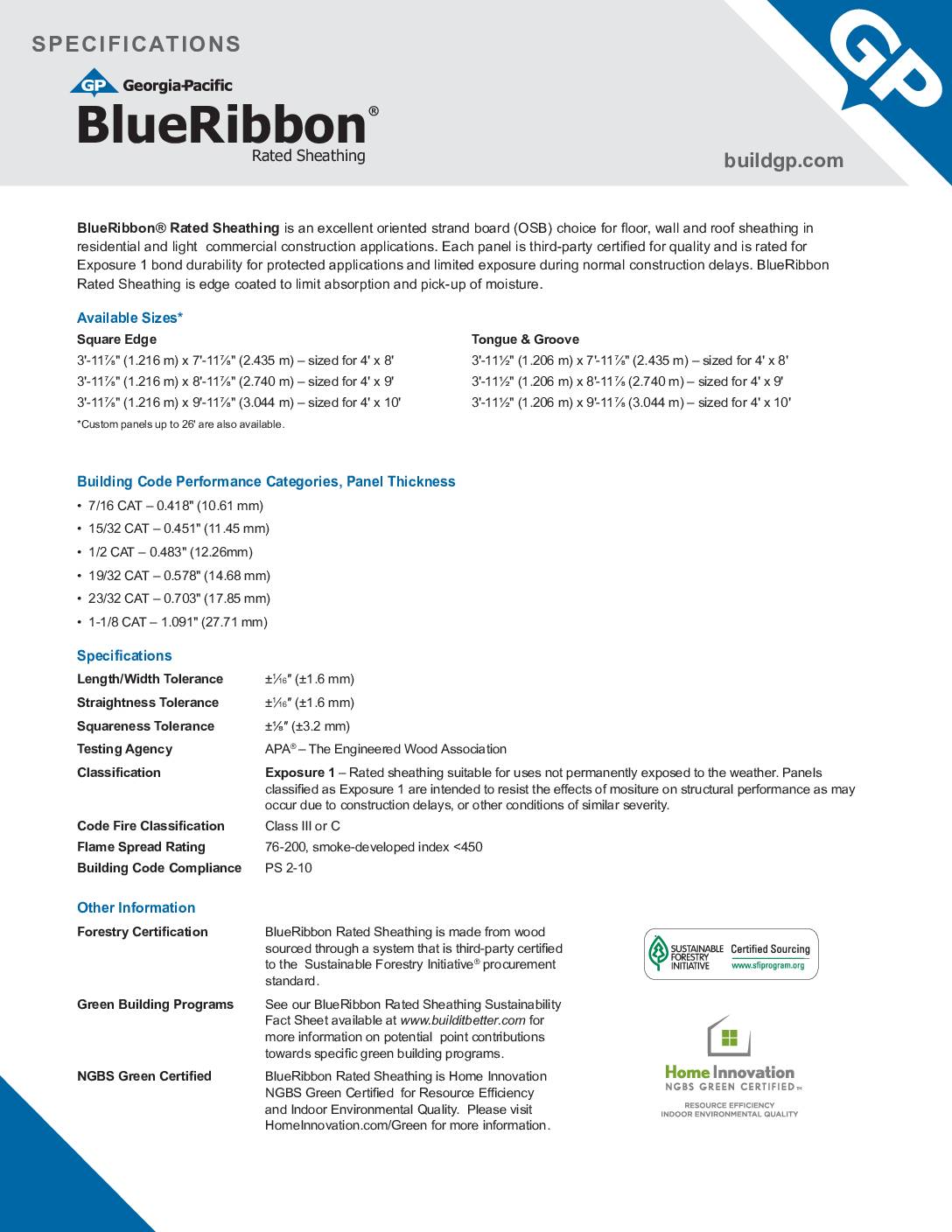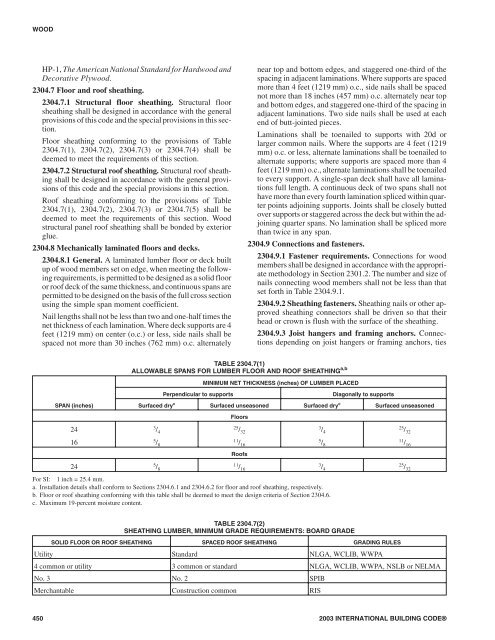Because of they way it is constructed osb can support more weight than plywood the standard thickness to sheath a roof with rafters spaced by 24 inches is 7 16 inch.
Standard thickness roof sheathing.
For the curious 7 16 osb has a span rating of 24 16 and with supports every 24 inches is good for a roof live load of 40 psf pounds per square foot with a 10 psf dead load.
8d ring shank nails should be used instead.
Sheathing should be a minimum of 19 32 inch thick.
Never attach roof sheathing with staples.
Unlike with plywood siding the plywood sheet to be used for sheathing should be at least 3 8 inch thick.
The typical thickness range for sheathing is 3 8 to 3 4 inch.
Roof sheathing panel spacing hints.
That s considered to be the minimum.
The thickness of plywood used for roof decking depends on the roof slope the spacing of rafters and the weight of other material to be put over the decking as well as the design load the.
Standard roof sheathing which consists of 4 by 8 sheets of plywood or oriented strand board or osb is 1 2 inch thick and attaches directly to the roof rafters or the roof trusses.
And if you re still wondering what roof sheathing is and what materials are typically used read on and satisfy your curiosity.
An exception to this standard however may occur if you intend to install slate concrete or tile shingles on your roof.
Use a 10d box 0 128 inch by 3 inch nail as a spacer to gauge 1 8 inch edge and end spacing between panels.
Roof sheathing materials plywood.
If you re in search of quotes for a roof sheathing job improvenet can put you in touch with up to four local contractors for free.
Minimum plywood thickness the international residential code specifies 3 8 inch plywood for sheathing walls with a standard stud spacing of 16 inches if the siding is nailed to the studs through.
This minimum will only work if the rafters are set 16 inches apart at most and if the roof doesn t have too much load.
Spacer type panel edge clips are available from some manufacturers.





























